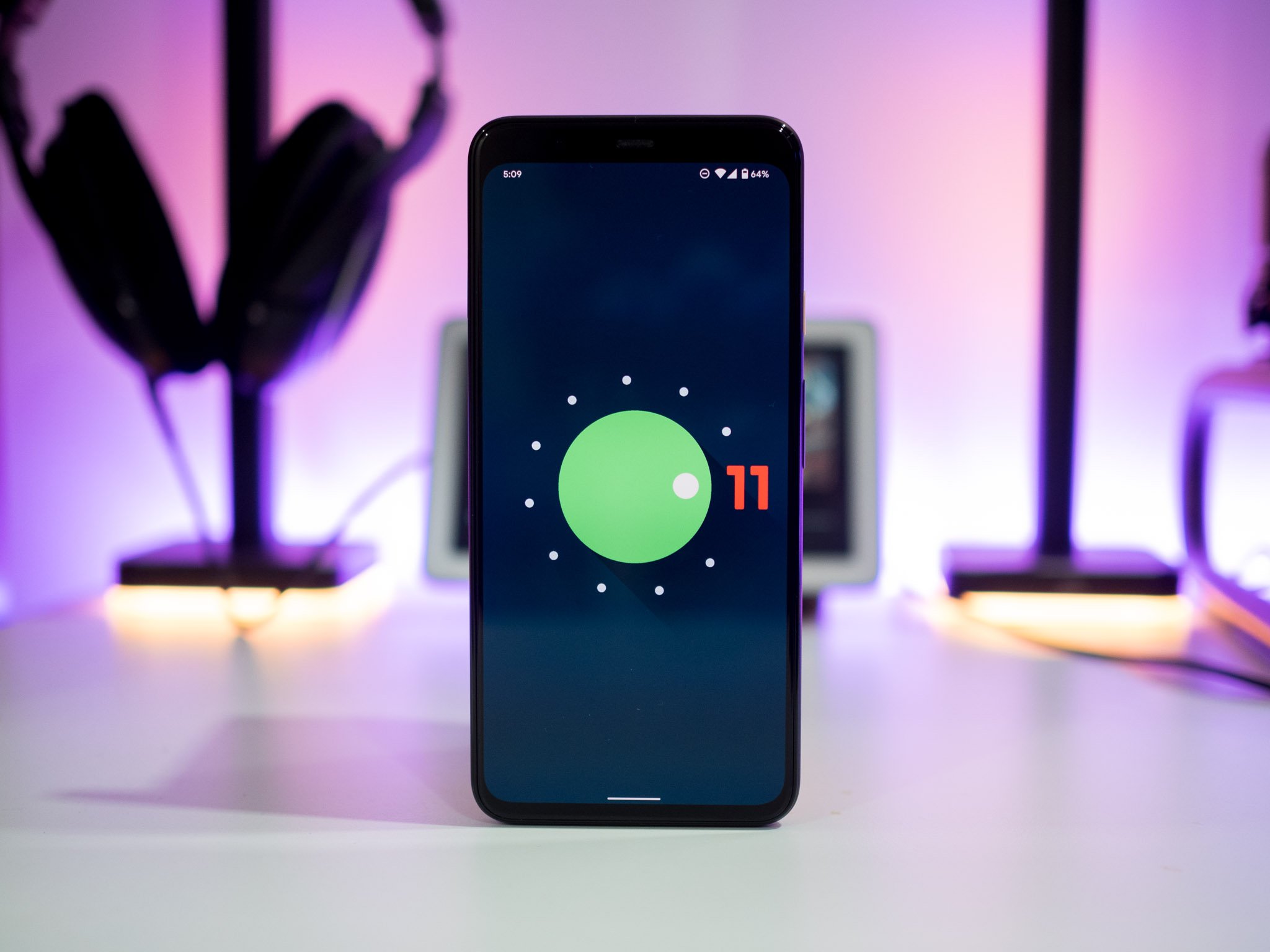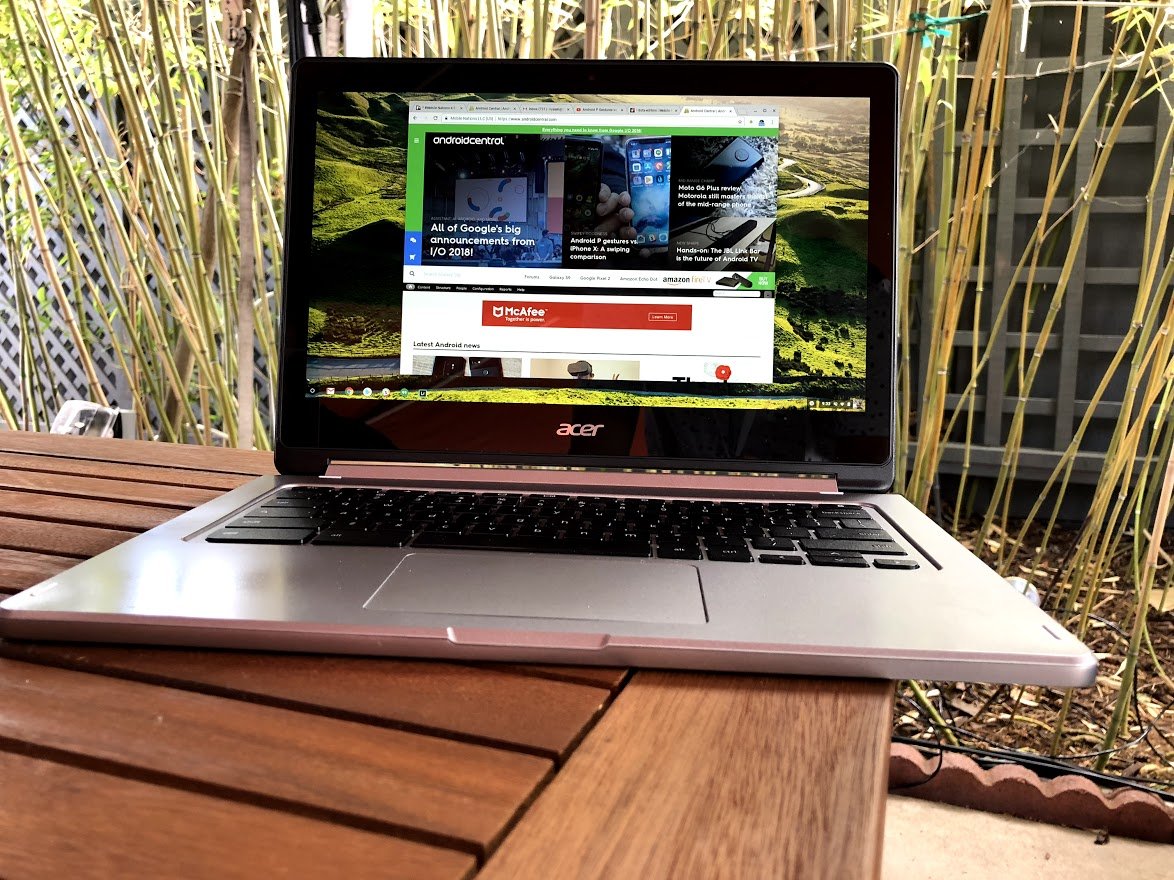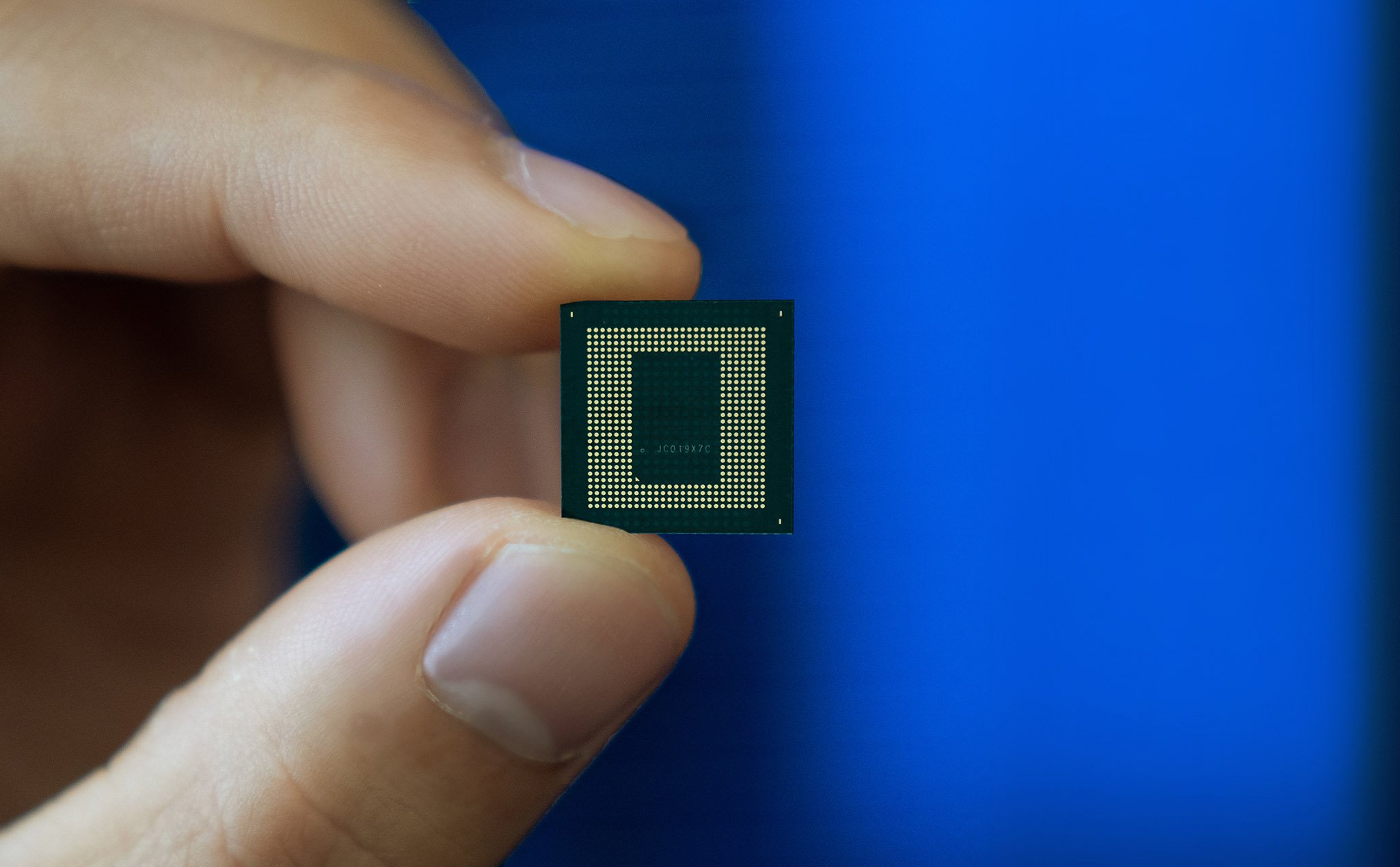With its own silicon, Google can finally build the perfect 'camera' phone - Android
![]()
If there's one thing you can confidently say about Google's Pixel phones over their five-year existence it's that they do more with less. Even as the company added new features to its year-over-year upgrades, Google assiduously avoided the trappings of specs, culminating in the divisive but ultimately successful lineup of the Pixel 4a, Pixel 4a 5G, and Pixel 5 we saw in 2020.
Now the expectation turns to the company's 2021 products and how the hardware team can build on the objective success of those phones while continuing to differentiate itself from the competition so it can actually, you know, sell the damn things. Google can buy as many Super Bowl ads as it wants, but it won't sell more devices until it can unseat those at the top, Samsung and Apple, in meaningful ways (and even then, it may be too difficult).
With 'Whitechapel,' Google's first SoC for consumer devices that is expected to debut in the Pixel 6 later this year, the company gets to assert even more control in the areas it matters most: the camera and the software experience.
What is 'Whitechapel,' anyway?
We first heard about Google's consumer system-on-a-chip in April 2020, as reported by Axios. The site's sources claimed that it would be a custom chip designed for Pixel phones, co-developed by Samsung LSI (the same team that produces the Exynos line) and manufactured on Samsung's 5nm process. At the time, its in-progress development boasted two Cortex-A78 cores, two Cortex-A76 cores, and four Cortex-A55 cores with an off-the-shelf ARM Mali GPU.
Don't expect a powerhouse but something that can get the job done with more focus and for less money.
Of course, Google wouldn't just co-develop an SoC with Samsung to emulate an Exynos chip; the special sauce is in the custom co-processors Whitechapel boasts, which will hone the chip's machine learning prowess as well as its camera output.
It's also important to note that, if Whitechapel's specs stay fixed to the above core loadout, it will not be targeting the high end of the processor scale, which Google largely pulled away from last year by putting a mid-range chip, Qualcomm's Snapdragon 765, in its Pixel 5.
Why the Pixel 6 is the perfect launch target for Whitechapel
![]()
Should the Pixel 6 launch with a custom SoC, Google is following some pretty big footsteps. Apple famously switched to its own silicon in 2010 with the iPhone 4 and has been using its custom SoC design team to separate the iPhone from the competition in meaningful ways, especially around efficiency and single-threaded CPU performance (though the A-series still has minor lead in the GPU space, too).
Samsung and Huawei have also employed their own subsidiaries' silicon to various degrees of success, with the former dual-sourcing Exynos and Snapdragon chips for its flagship Galaxy devices depending on region; and the latter marking a pretty tremendous ascent with its HiSilicon Kirin SoCs until future development was put in jeopardy with its placement on the Entity List.
Like Apple, Huawei directed its HiSicilon subsidiary to build Kirin SoCs for its phones, intending to employ custom co-processors to offload machine learning and neural network cycles, hoping to leverage first-party software and a growing retinue of partnerships to take advantage of the additional complexity.
Google's trying to toe the line between Apple-like focus and Samsung-like cost reduction.
That's exactly what we should expect from Whitechapel, codenamed GS101 according to 9to5Google, when it debuts on the Pixel 6 this fall. If it maintains its current big.LITTLE architecture, it certainly won't be the fastest chip on the market — likely closer to a Snapdragon 865 than an 888 — but it gives Google ownership over almost every process that doesn't go through the CPU and GPU.
The process of doing just that — taking the onus off Qualcomm's core components — started in 2017 with the Pixel Visual Core, a co-processor that debuted on the Pixel 2 series. While it lay dormant for months, it eventually started being used for image processing in apps like Instagram and Snapchat that themselves were lacking in hardware acceleration. Essentially, Google was able to identify areas where its own intervention could make a difference in a user's experience and target them specifically.
That's how we should think about Google Silicon, if it comes to be called that: a more robust version of that initial Pixel Visual Core, where everything from imaging to security to machine learning to Android updates can be customized and optimized for the Pixel user, not just Android in general.
Finally, a proper Google camera
![]()
Google knows where the Pixel's acclaim comes from, and it's not from the phones' innovative designs. The Pixel has built a reputation for taking the best photos in practically any condition, even with camera hardware that's increasingly seen as obsolete. Every Pixel generation has used a variation of the same primary camera sensor because Google's been able to eke as much performance from it as physically possible.
Google Silicon won't automatically translate to a better camera, but it puts the next Pixel in a much better position to recapture its lead.
But it's clear, especially over the past few months, that the Pixel's camera lead is over, and the company is in need of a strategy shift. While a bigger sensor will be a good start, Google's own silicon lets it design an ISP, or image signal processor, for a specific camera sensor. It's the way Apple has made such drastic year-over-year improvements to its iPhones' photo and video quality over the years.
While Google already does a bunch of post-processing in the cloud, being able to run the photo initially through a cycle that's specifically designed for the camera hardware itself is going to yield better results every time and will give the company much more flexibility in how it addresses app-specific issues. On Pixel hardware right now, Google runs its photos through Qualcomm's image signal processor, which is designed to slot into dozens of hardware vendors. Removing Qualcomm from the equation means taking ownership over the entire processing stack, potentially unlocking dramatic photo improvements in the process.
An update to Android updates

Last year, when Samsung began committing to three years of platform updates for many of its devices, we wrote that it was time for Google to commit to five. Shortly thereafter, Google did say that it would begin supporting Pixel devices for four years, adding an extra 12 months of security patches to its existing three years of platform bumps, but that still likely isn't what the company actually hopes to offer its customers.
With the Pixel lineup, Google is a customer of Qualcomm and has to abide by its support agreements for drivers and other core components over which the search giant has no control. Even though Google may still have to work with Qualcomm in a number of ways, particularly around the Pixel's cellular components, it will be free to update its phones for as long as it is financially viable, better competing with the iPhones that outsell them by orders of magnitude. With Samsung basically committing to the same update regimen as Google itself, the Pixel has been stripped of its other main advantage, and it badly needs to reclaim it.
Does that mean we'll reach that coveted five-year update window with Pixel phones under Google's hardware tutelage? Right now, it's not clear, but there's a better chance than under the current regime, and that's a net positive for all Pixel owners.
More unification between Android and Chrome OS

Largely glossed over since the initial reporting a year ago, Google may also bring its silicon to upcoming Chromebooks too. Think of this less as an Apple M1-style unification, since Google only makes one Chromebook model that sells in relatively small numbers, and more as a way for Google to simplify the development of the two platforms and, ultimately, reduce costs.
Google Silicon inside the next Pixelbook won't be industry-changing, but it may force the competition to up their game.
It's also about making a laptop that runs as quietly and efficiently as possible; the only Chromebooks with great battery life are the ones with minimal power. If Google can build a relatively powerful chip that's tuned specifically for Chrome OS, it can market its next Pixelbook as a laptop that lasts all day without sacrificing specs and features.
What Google Silicon likely won't do

If you're hoping Google will release its own chip to take on Qualcomm, Samsung, and Apple at the high-end, you need to recalibrate your expectations.
Google's long-term goals with its silicon will likely align with its hardware ambitions in general: a loosely connected ecosystem of products underpinned by Google Assistant and the company's push towards AI-based ambient computing. By taking the reins of its silicon future, it puts the responsibility for its hardware successes — and failures — squarely in its own corporate hands.
05/04/2021 08:13 PM
29 temporarily free and 40 on-sale apps and games for Monday
05/04/2021 01:39 PM
The Morning After - LG quits the smartphone race
05/04/2021 01:30 PM
Here's How To Check If Facebook Leaked Your Information
05/04/2021 11:09 PM
The new season of 'Star Trek - Discovery' debuts later this year
05/04/2021 11:16 PM
Samsung Allegedly Co-Developed 'Whitechapel' SoC For The Google Pixel 6
05/04/2021 01:55 PM
April 2021 Android Security Update Reaches The Galaxy Note 20 Series
05/04/2021 05:49 PM
- Comics
- HEALTH
- Libraries & Demo
- Sports Games
- Racing
- Cards & Casino
- Media & Video
- Photography
- Transportation
- Arcade & Action
- Brain & Puzzle
- Social
- Communication
- Casual
- Personalization
- Tools
- Medical
- Weather
- Shopping
- Health & Fitness
- Productivity
- Books & Reference
- Finance
- Entertainment
- Business
- Sports
- Music & Audio
- News & Magazines
- Education
- Lifestyle
- Travel & Local






![[Guide] Stop those annoying website notification prompts and pop-ups on Chrome in 5 easy steps](http://www.android.co.rs/data/newsimages/googleandroidphone4.jpg)